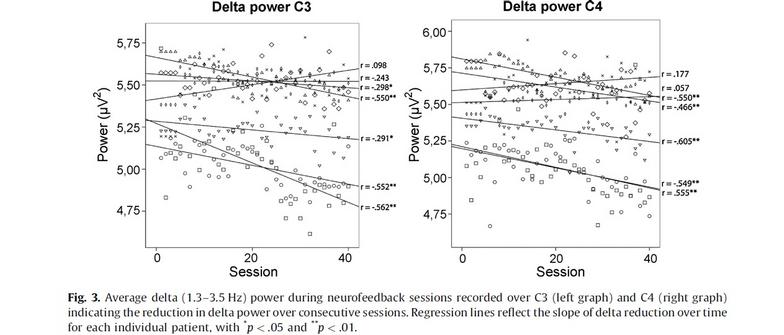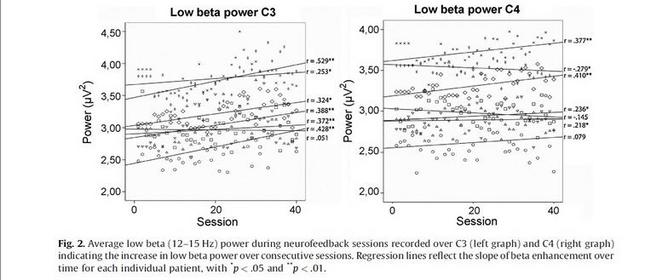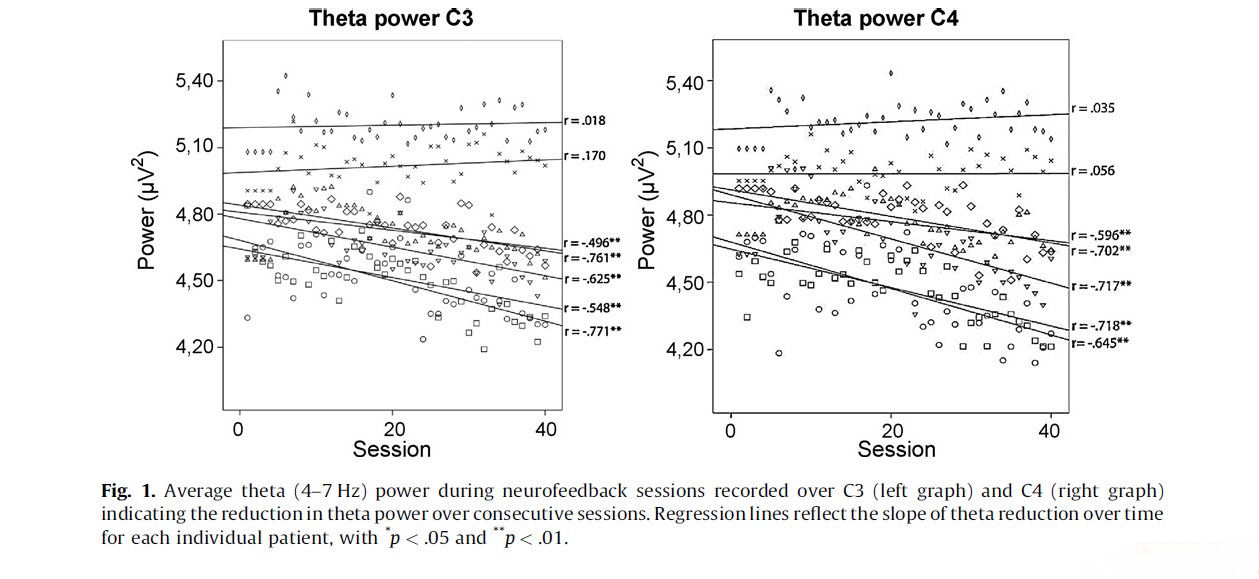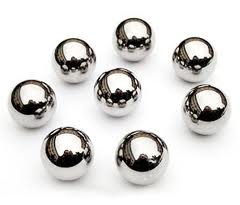ProFoveate: After Stroke
In many cases stroke affects vision. Many develop nystagmus, which ultimately goes away, but, for others, visual problems linger.
Biofeedback has been discussed in the literature as a means of rehabilitating the vision in stroke patients. Neurofeedback has been used extensively in other illnesses susch as Autism and ADHD. Neurofeedback while effective requires many tens of sessions in order to reach the desired effect as has been shown in autism, another neurological deficit.
The goal in neurofeedback for autism, as it is in ADHD, is to reduce the theta and delta oscillations of the brainwave frequencies and increase the beta wave frequencies.
As many as 40 sessions were necessary to decrease theta and delta waves and increase beta in the above study.
In as little time as 1 hour, you could double, perhaps triple your beta power.
No need for a lot of office visits and scheduling hassles.
I know. My vision improved because of this increase!---John Gentry, MS, DABR



